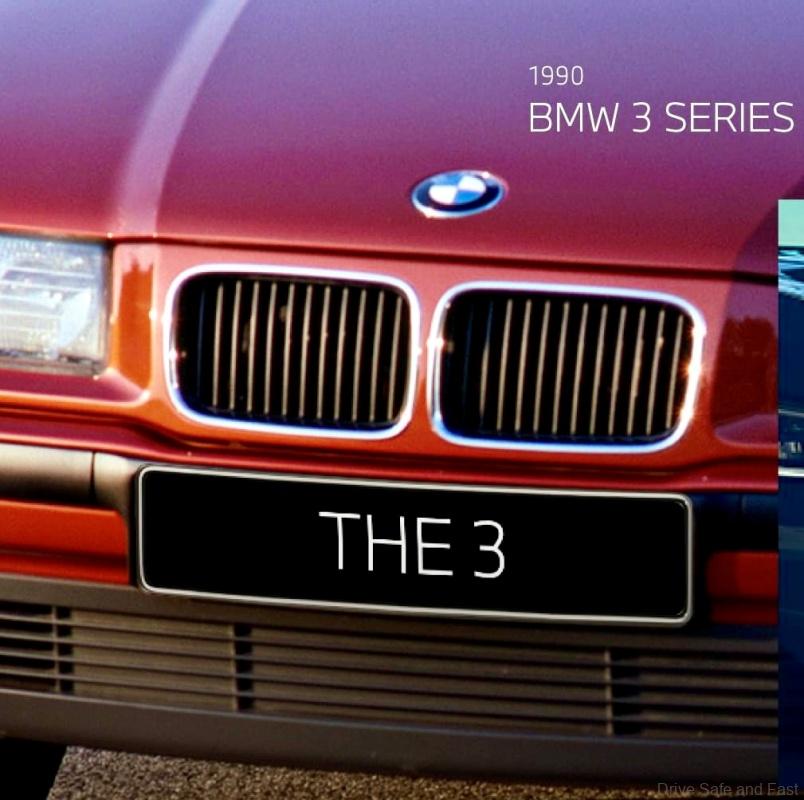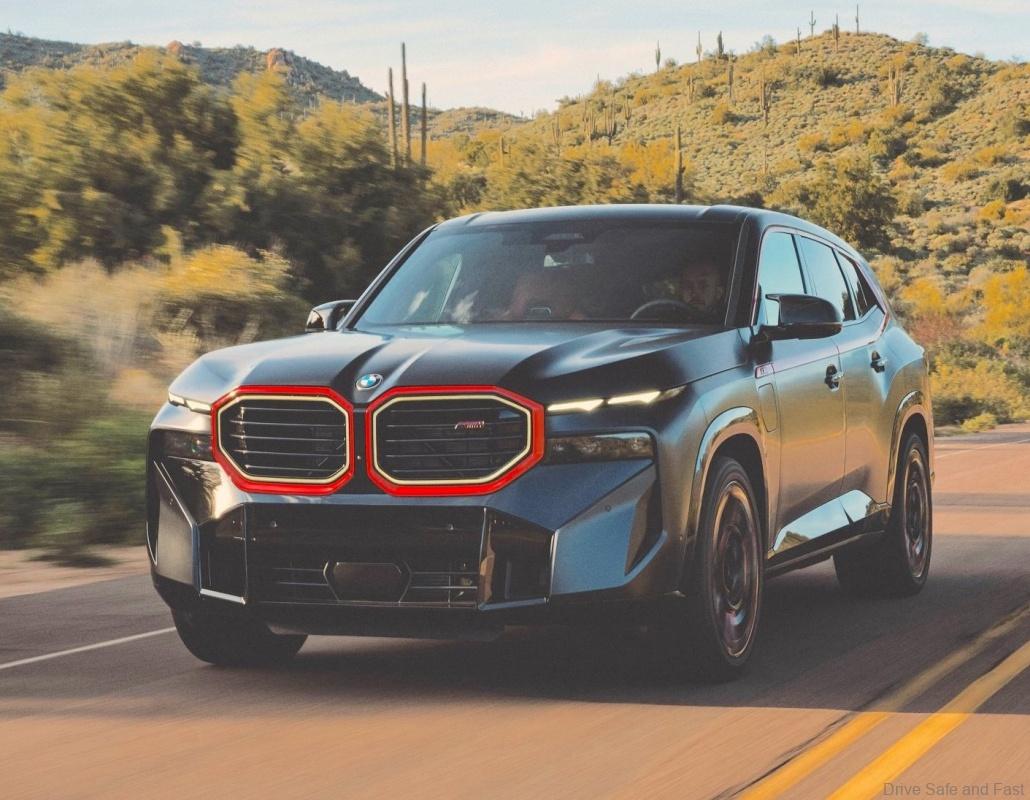Some love it, some don’t, but the BMW Kidney Grille is undoubtedly iconic, see why here
Now, it is no secret that the modern design of the, well, frankly oversized kidney grilles has caused much divide among BMW fans. Still, it is an evolution of the design and stays true to the brand’s heritage. So why was this iconic grille so well loved in the past but so controversial now? Let’s start at the beginning, in 1933 and go from there.

The journey begins with the BMW 303, a pivotal model that marked the brand’s transition to six-cylinder engines and showcased the first iteration of the kidney grille. Characterised by its rounded arches and the placement of the BMW emblem, the grille introduced a sculptural effect that set a precedent for subsequent designs.
Moreover, throughout the 1930s and into the post-war era, the kidney grille became increasingly refined, as seen in models like the BMW 327 and 328, where it took on a more elegant and narrow form. The 1950s saw a notable shift with the introduction of the BMW 503. This model presented a medium-height grille integrated into the car’s fascia, supported by side air inlets for engine cooling.

The design of the kidney grille continued to evolve, with the BMW 507 introducing a dramatic “Sharknose” profile, reflecting both performance needs and stylistic innovation. The 507 featured larger, horizontally positioned intakes to accommodate its V8 engine, setting a new aesthetic standard.
The “New Class” models of the 1960s represented a watershed moment for BMW, with the kidney grille becoming more integrated into the overall design language. The BMW 1500’s grille was narrower and linked, influencing designs for decades to come. This era solidified the kidney grille’s place as a fundamental design element across the brand’s lineup, including the influential 02 series.

On top of that, by the late 1970s, the kidney grille was undergoing another transformation with the launch of the M1. This model utilised one of the smallest kidney grilles in BMW history, necessitated by aerodynamic design. It set a precedent for niche models like the Z1 and the 8 Series, showcasing the brand’s ability to adapt iconic features without sacrificing identity.
Entering the 1990s, the kidney grille evolved again with a flatter, more horizontally positioned design in the third generation of the BMW 3 Series. This version influenced several models throughout the decade, culminating in designs characterised by broader and more visually engaging grilles.

Fast forward to the present day, and we see the brand’s kidney grille diverging from its traditional cooling function, particularly in electric models like the i3 and iX. Here, the grille is often closed, serving primarily as a design element that emphasises the vehicle’s modernity and aerodynamics.

So there you have it, despite the love-hate relationship many fans have with the brand’s new kidney grille design, it is still an integral part of the BMW DNA and whether the grille serves a symbolic purpose or a practical one, we BMW fanboys will still love the brand and all it’s products regardless because this kidney grille is, as I said before, truly iconic.

